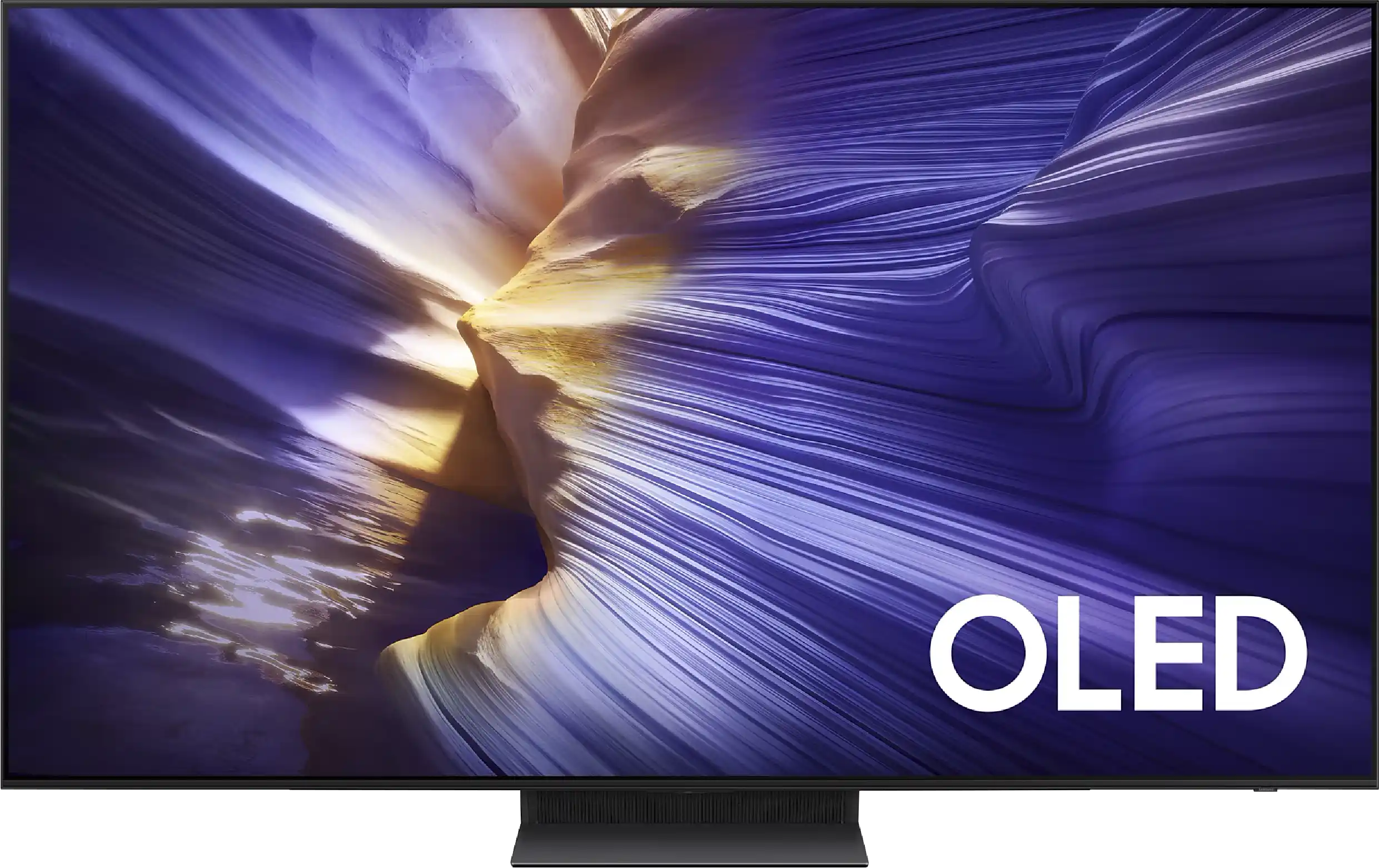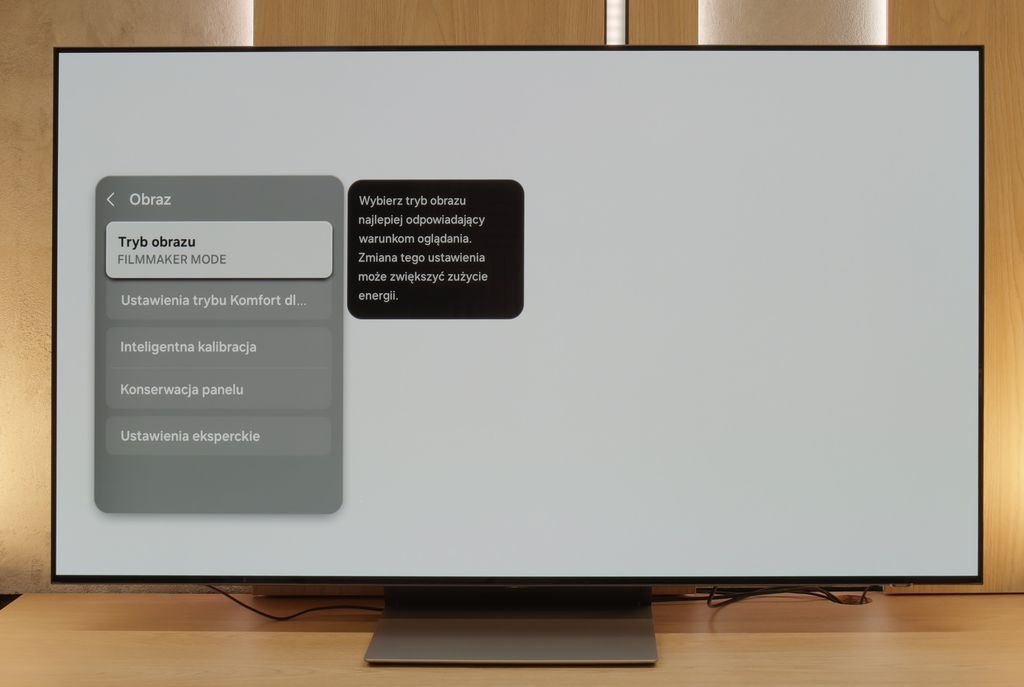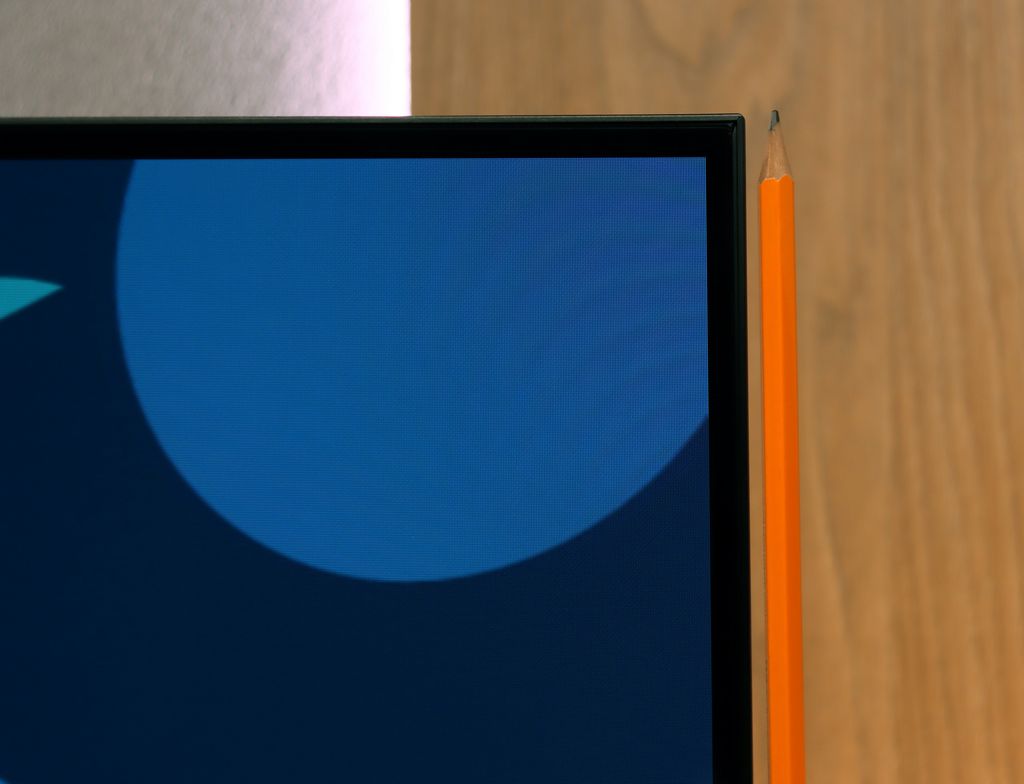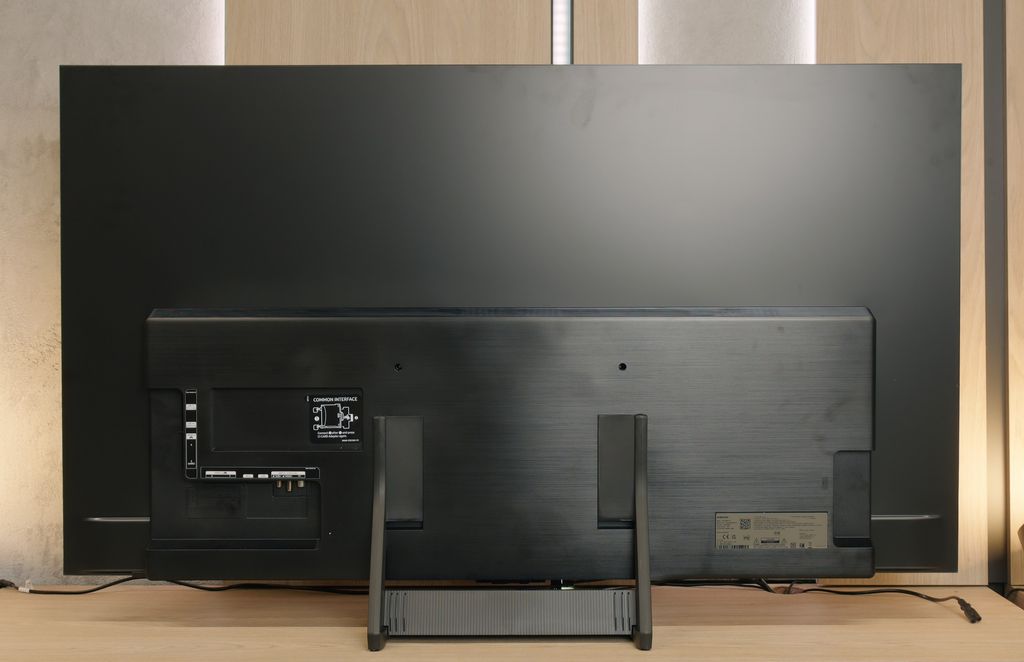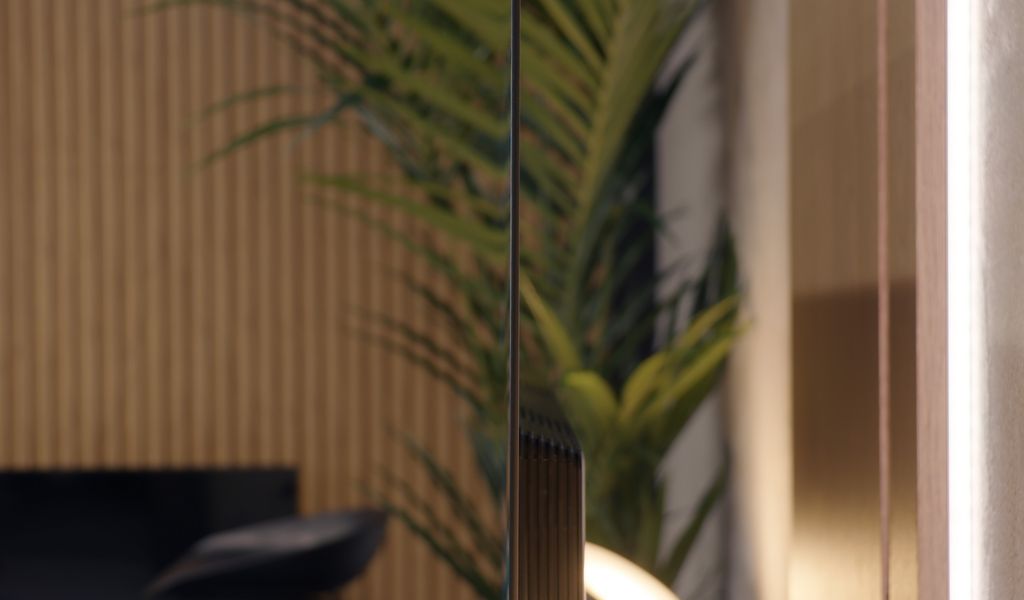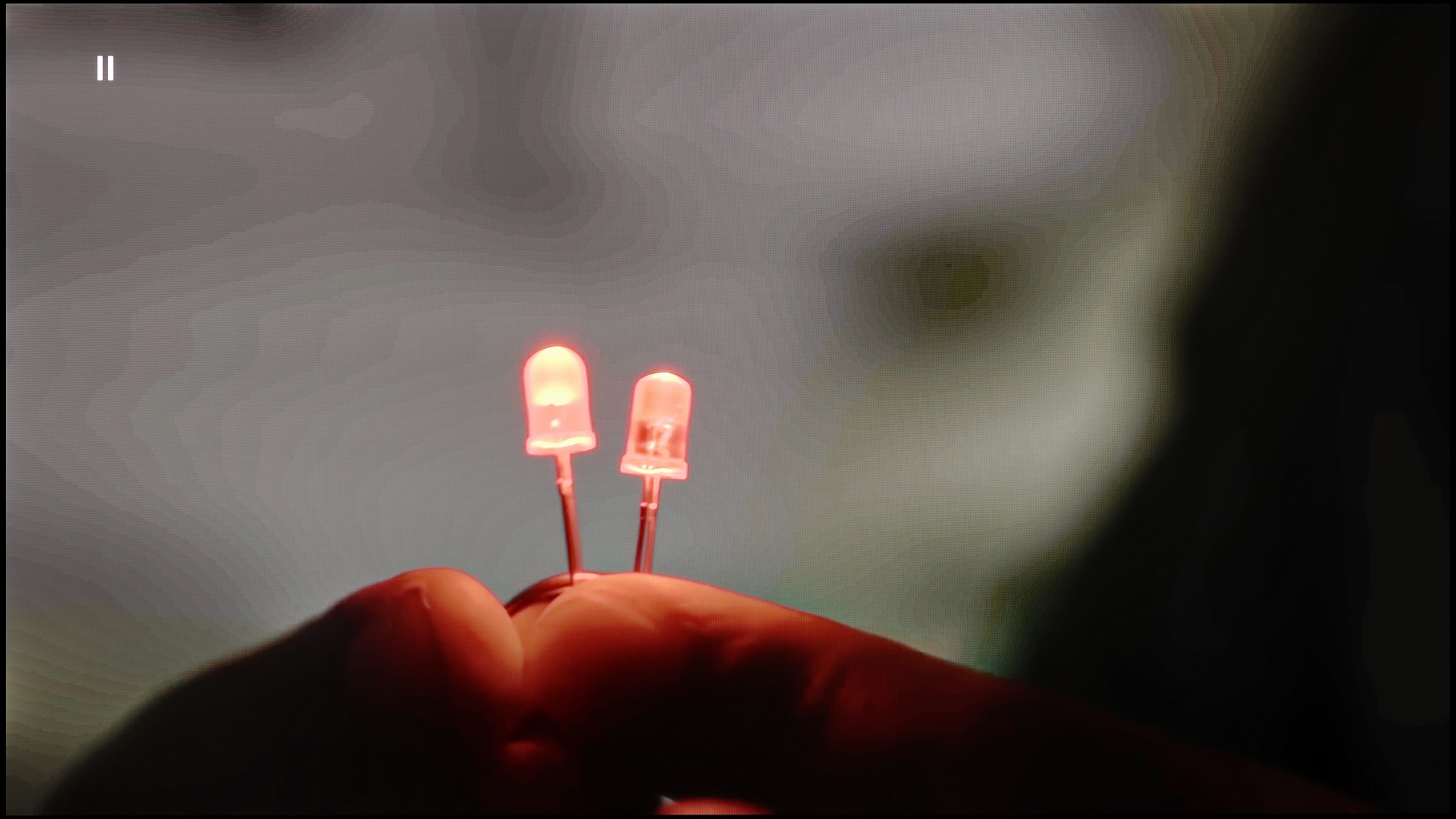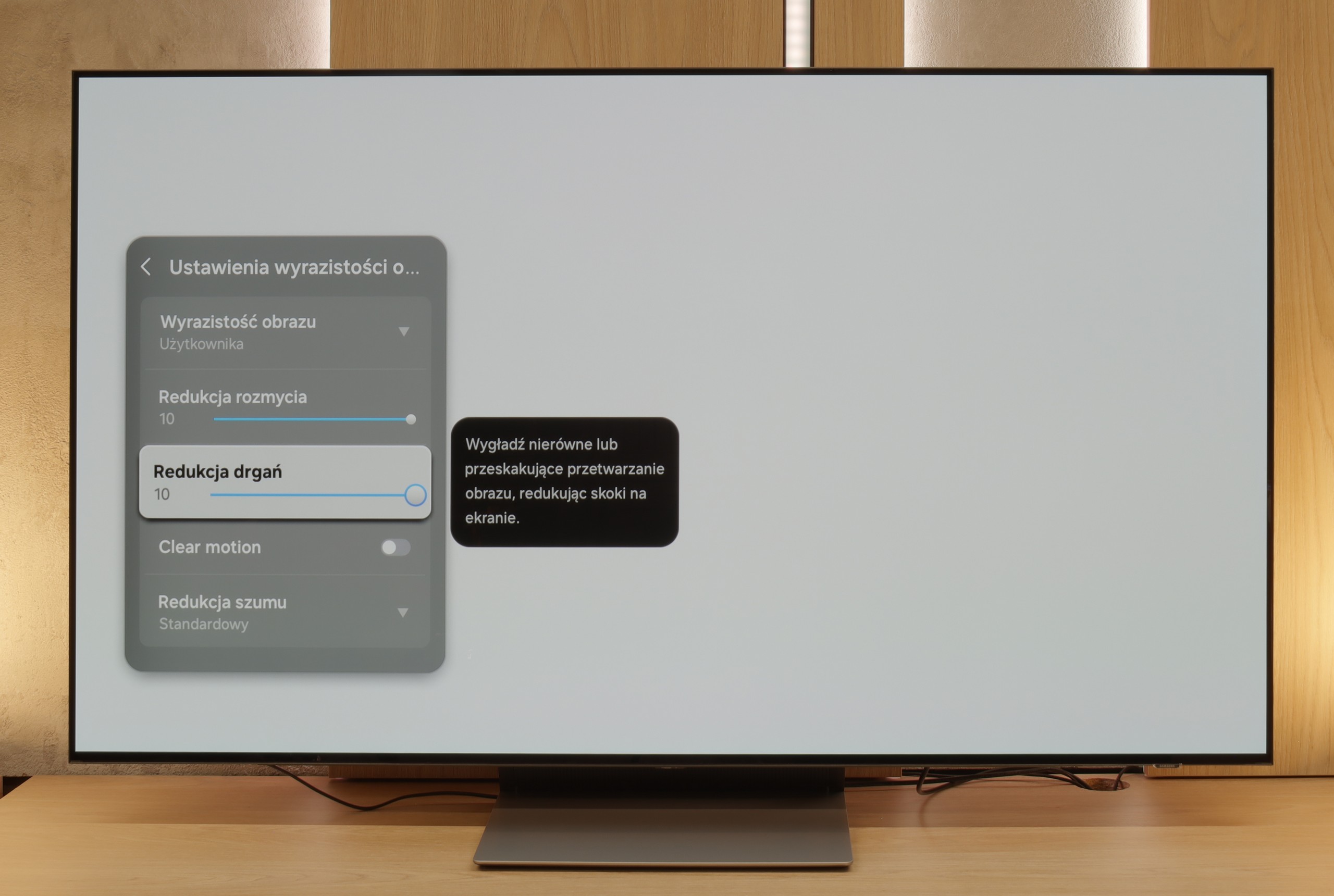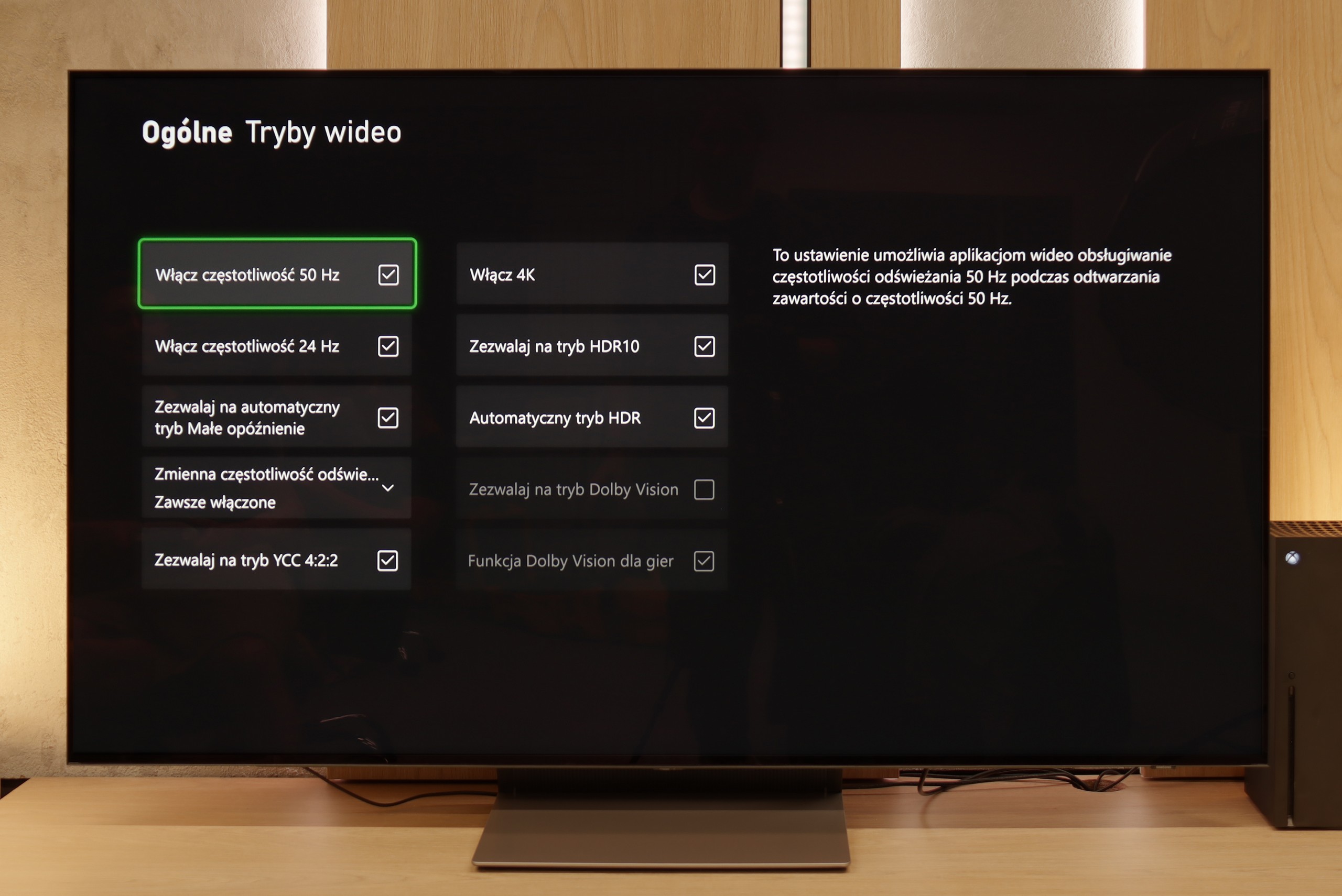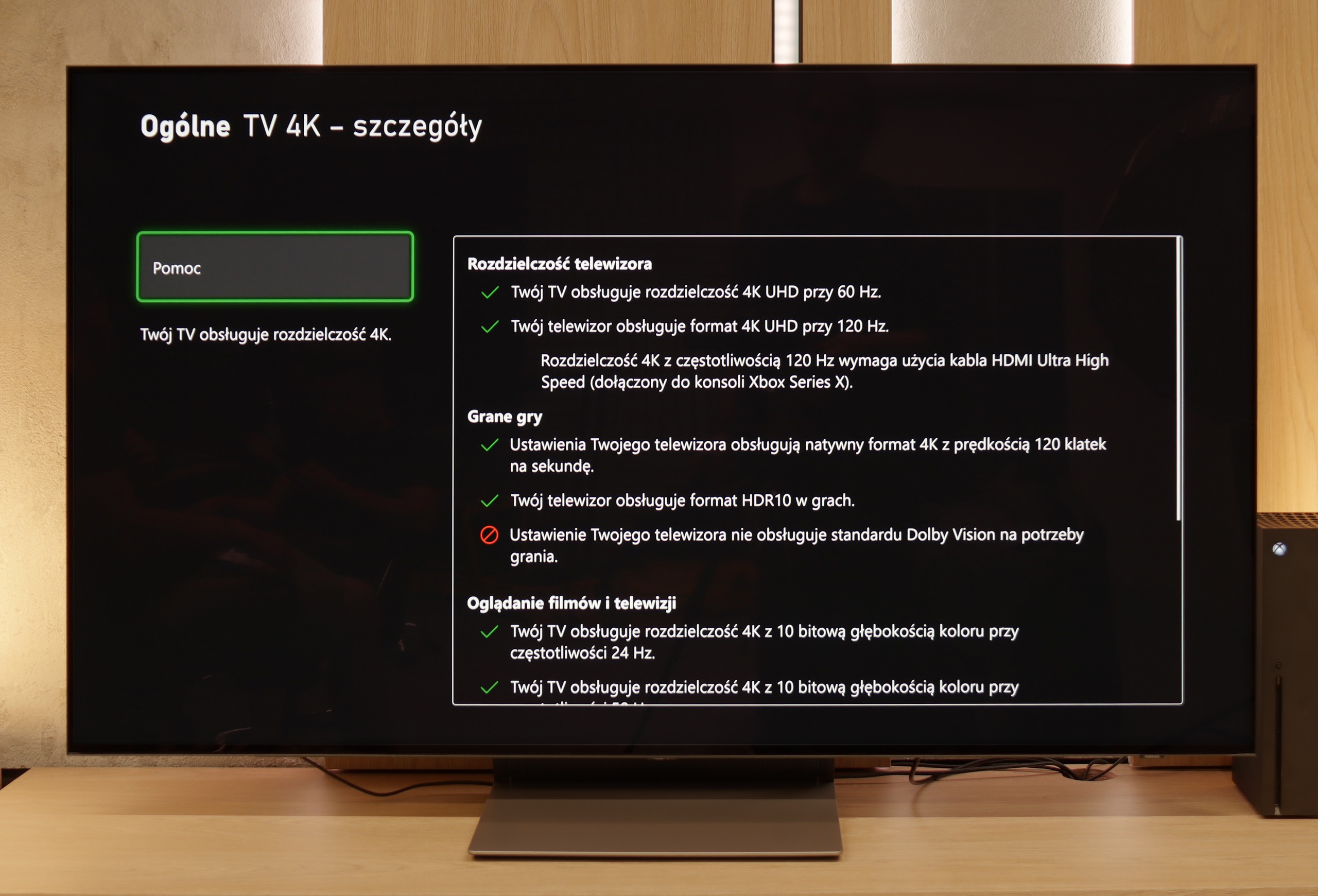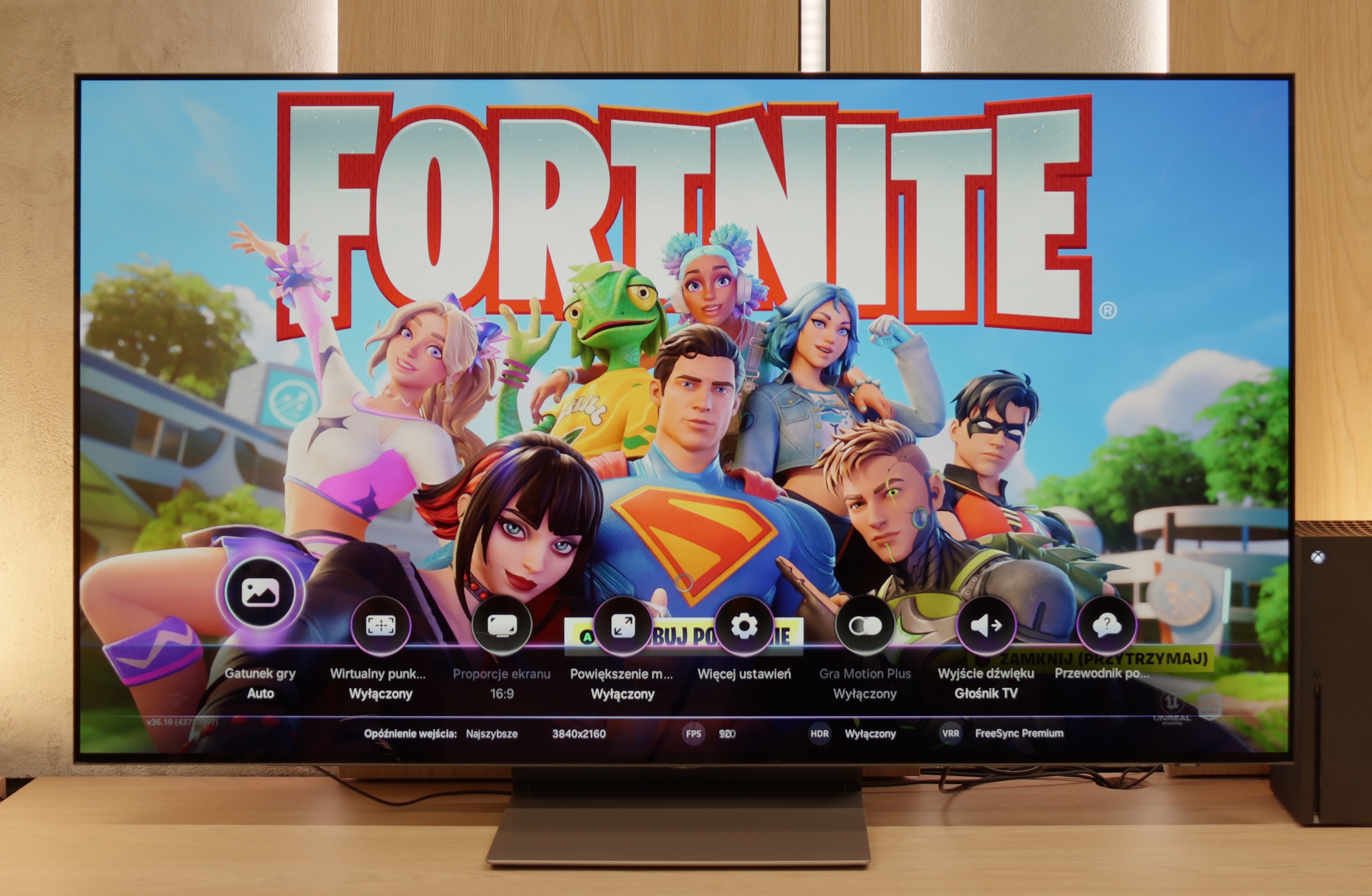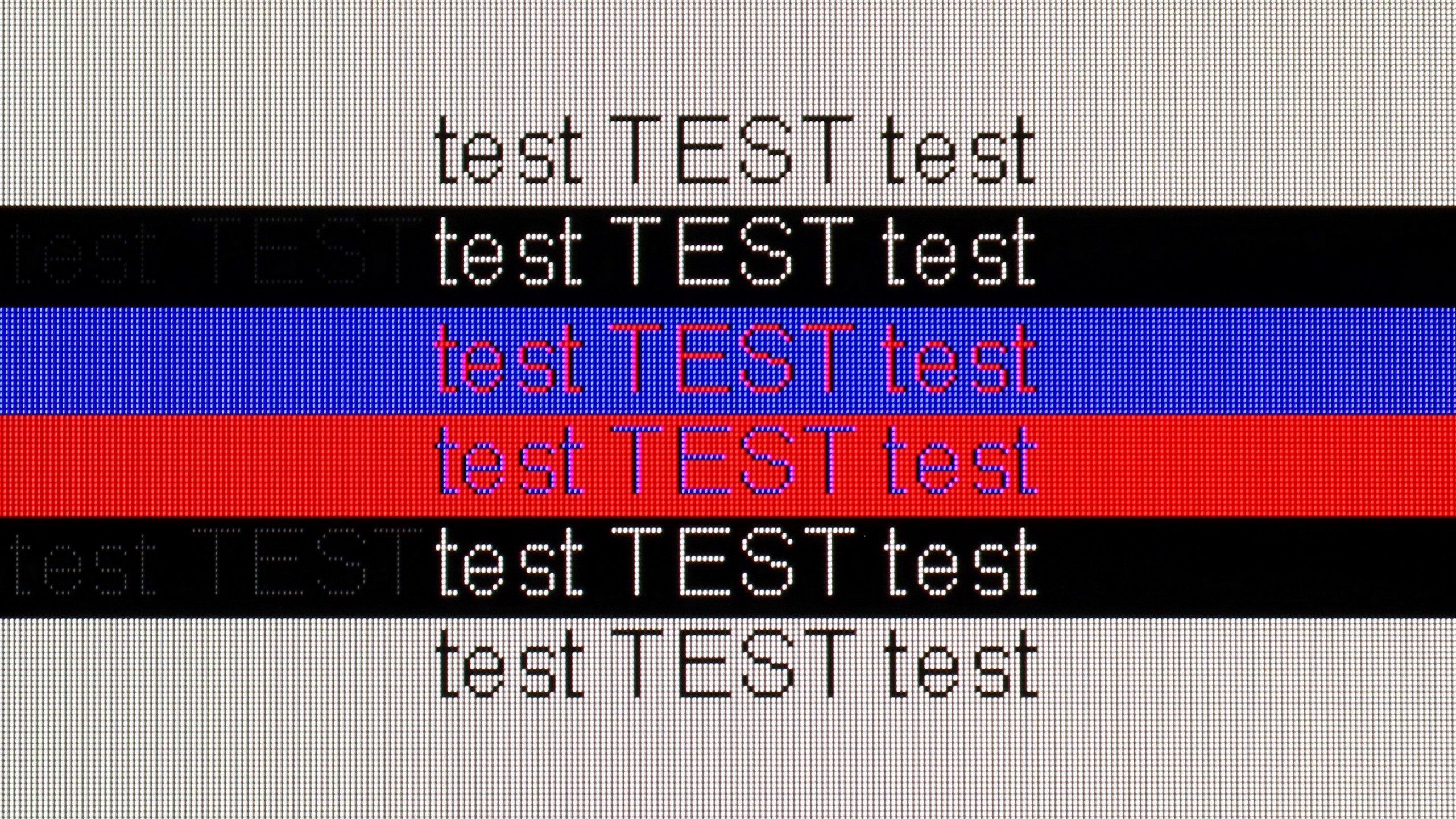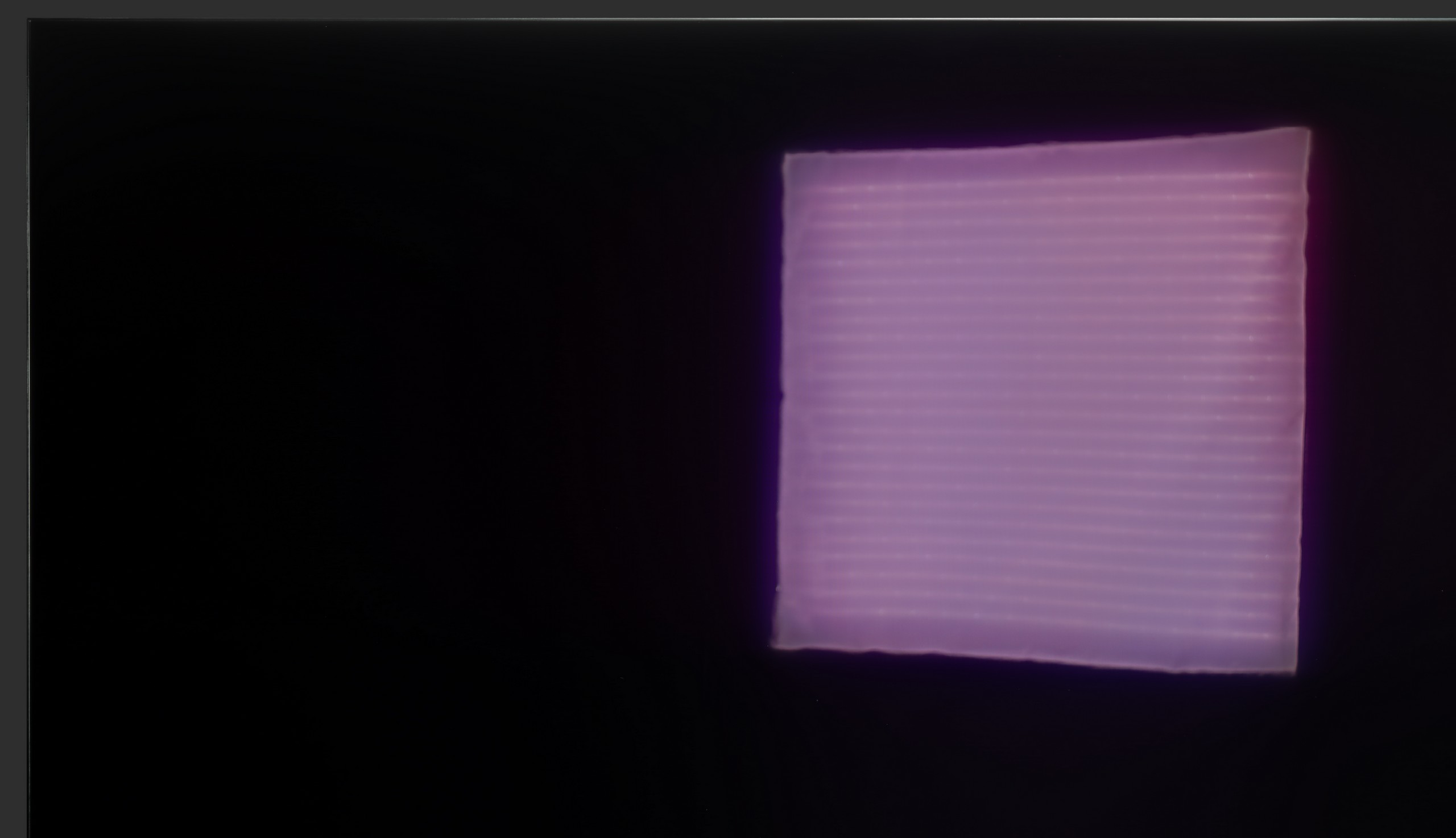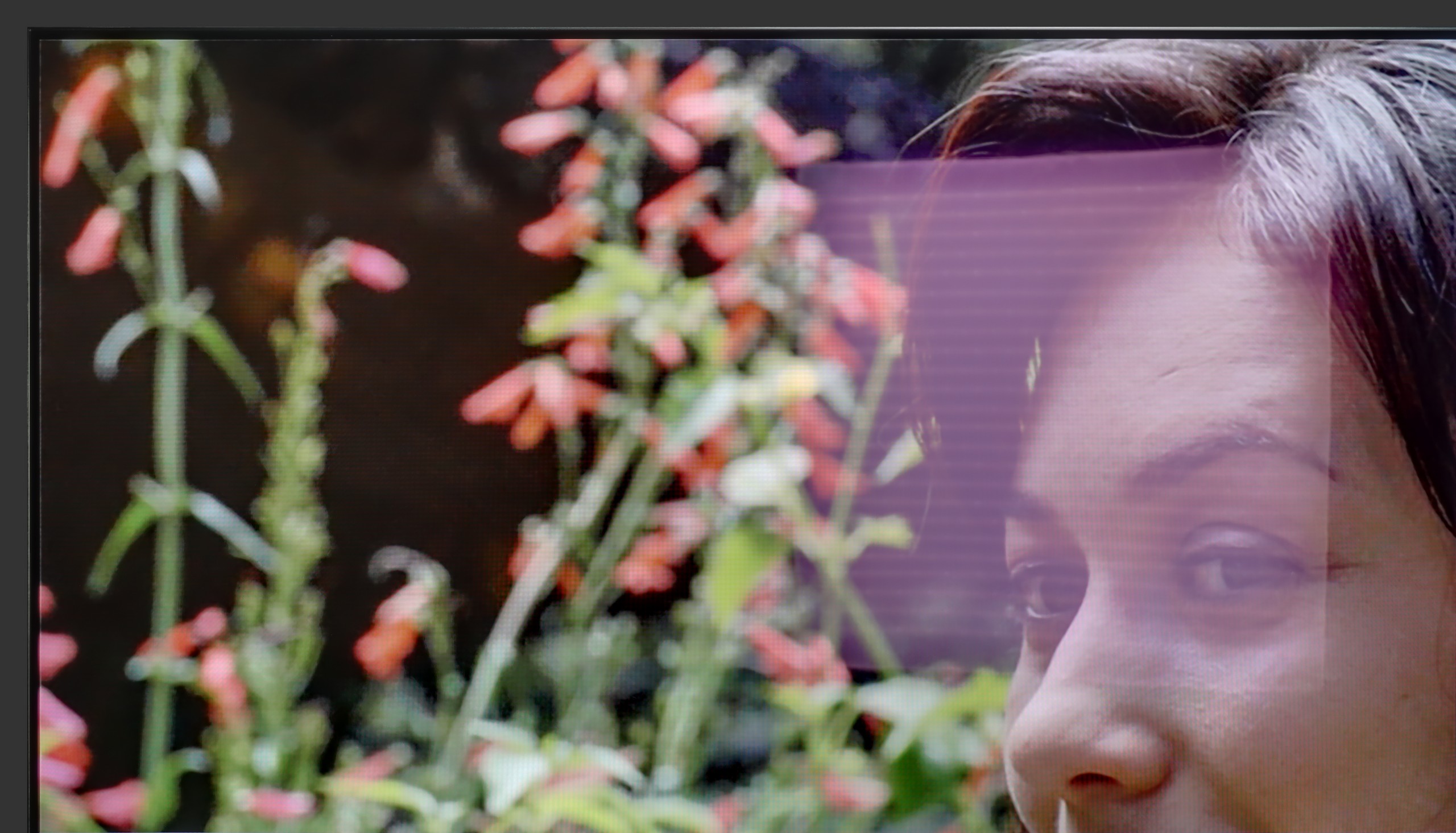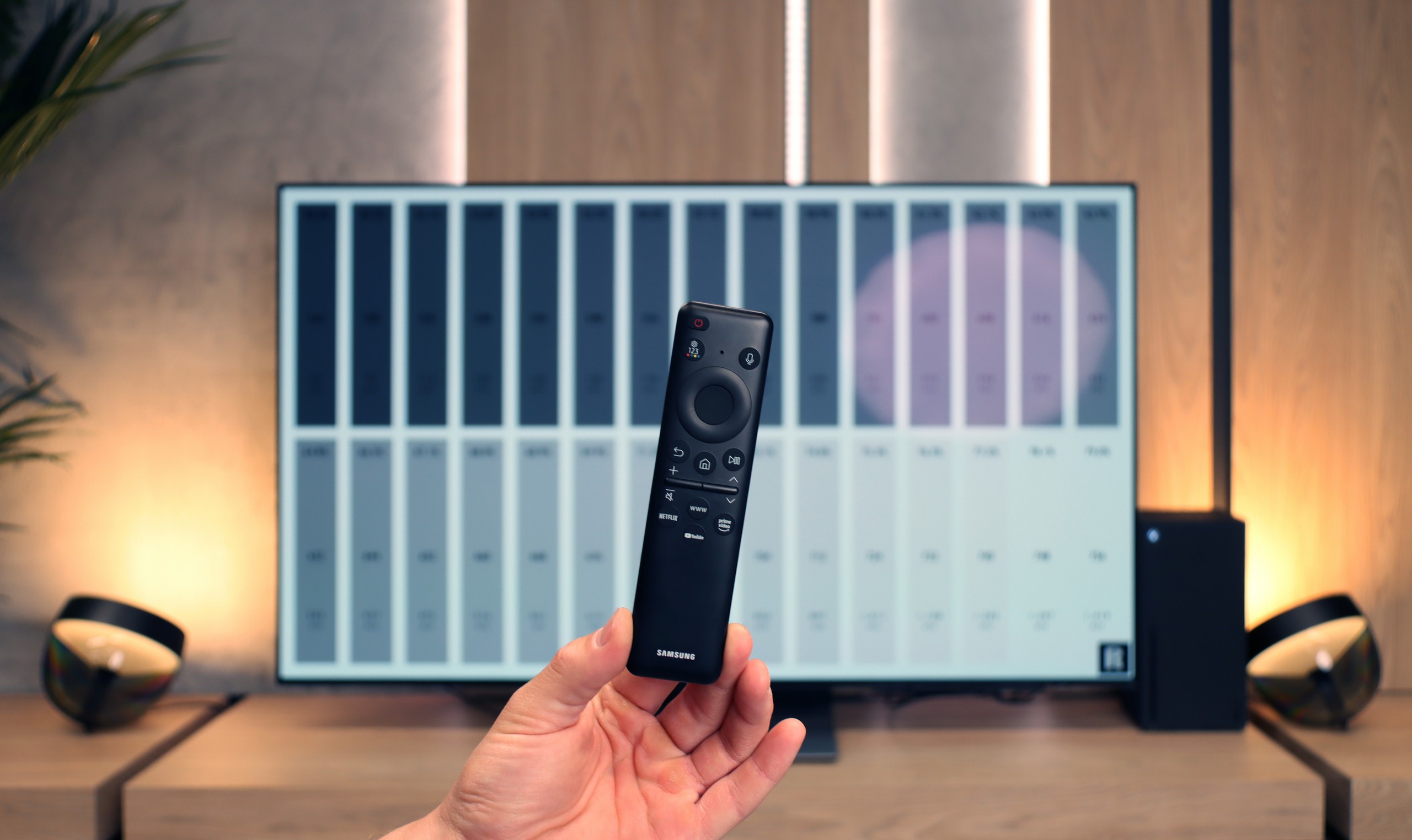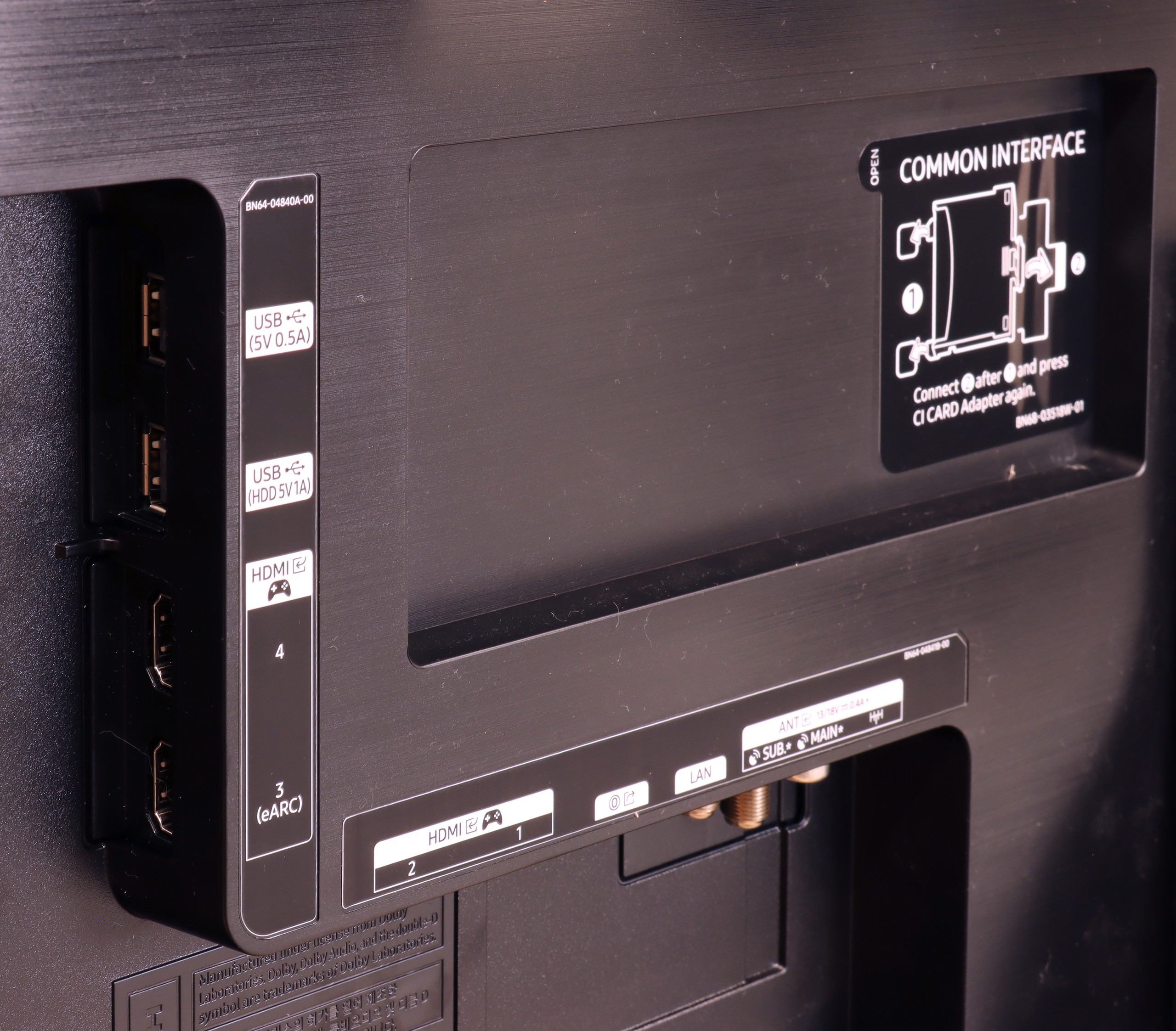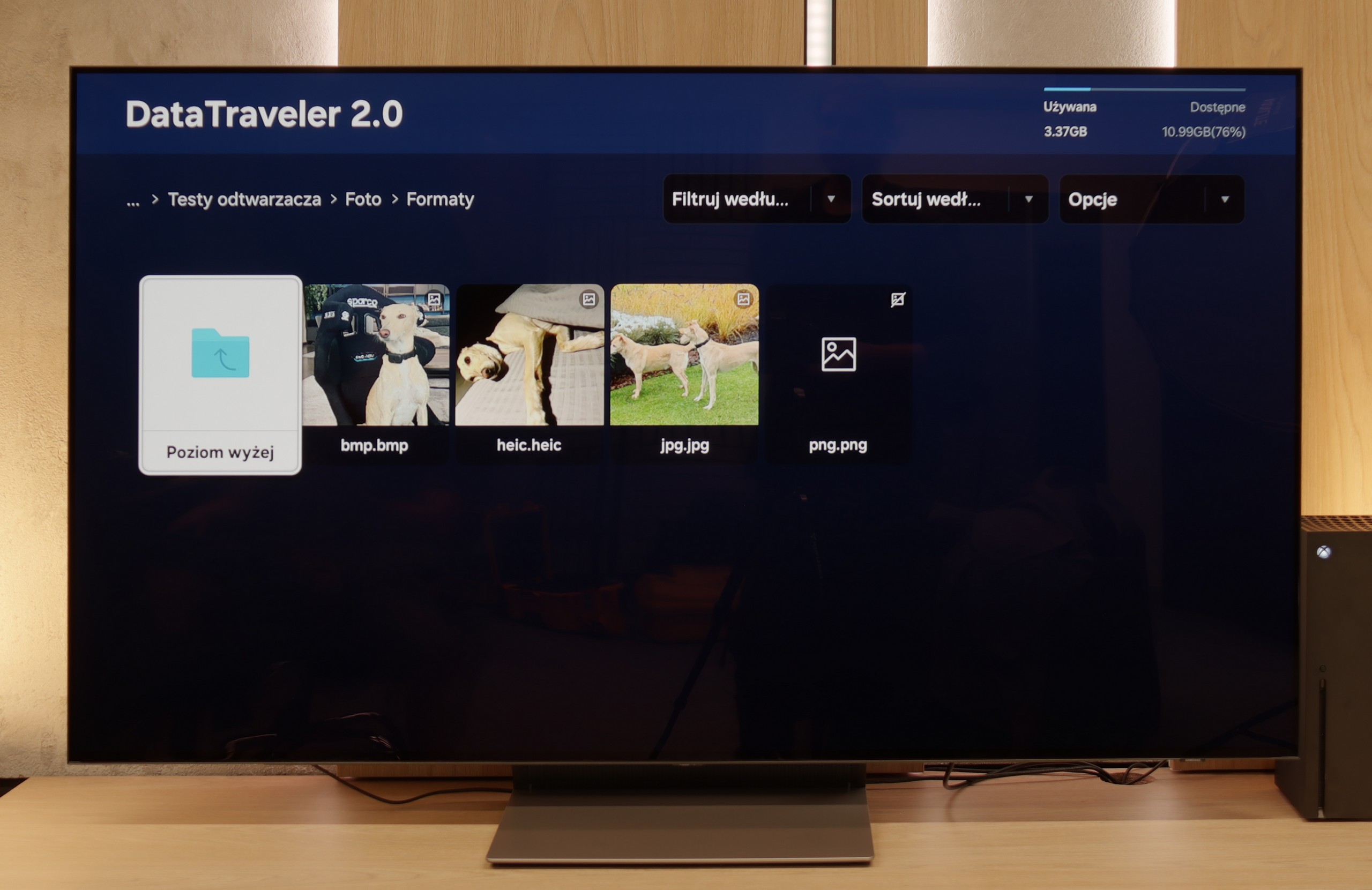Before we dive into the software that controls the TV, it’s important to highlight one of the standout features of Philips OLED 809 is the multicoloured Ambilight. This unique system, positioned on the back of the device, adjusts its colours according to what's happening on the screen, enhancing immersion and overall viewing experience.
The Philips OLED 809 runs on the Google TV system, which is a significant advantage over some of the manufacturer's other models that use the proprietary TitanOS, a more closed system with fewer available apps. With Google TV, users can install virtually any application, from the store or via APK files directly from online repositories.
Additionally, Google TV offers convenient control options, such as easy integration with keyboards and touchpads for smoother typing and navigation. Voice commands can also be issued using the remote, with quick and accurate interpretation by the system.
In summary, Google TV is one of the most popular systems available today. Powered by a robust CPU, it operates smoothly and stably, without freezes or stutters. For those who want to make the most of their TV’s capabilities, Google TV offers the openness and versatility needed to enhance the overall experience.
The Samsung S90F is equipped with many classic TV features such as EPG, CI module, and headphone support, but there's also something more here. Thanks to the presence of several tuners, the television offers a picture-in-picture (PiP) function – very useful, for example, when we're watching one match but want to glance at the score of another one happening simultaneously. It's a shame that Samsung has completely abandoned USB recording for some time now, but it somewhat compensates for this with good integration with decoders and other devices. The remote – although small and lacking a numeric keypad – allows control of many devices connected to the television. We can easily operate a decoder, amplifier, console, or other equipment with it, and this can be done without the need to reach for multiple remotes.
As for the Smart TV system – Tizen on the S90F works very smoothly, which is not always the case with cheaper models featuring this system. The system itself is extensive and offers plenty of features – we have screen mirroring, AirPlay, Bluetooth device support, and many options related to smart home control, such as managing light bulbs or other smart devices directly from the television. However, it's important to remember that Tizen is a closed system, so when it comes to apps – we are limited to what we find in the Samsung store. While this store is quite extensive, it does not match the flexibility of the Google TV platform. It's worth keeping this in mind if you have specific needs for niche applications.

